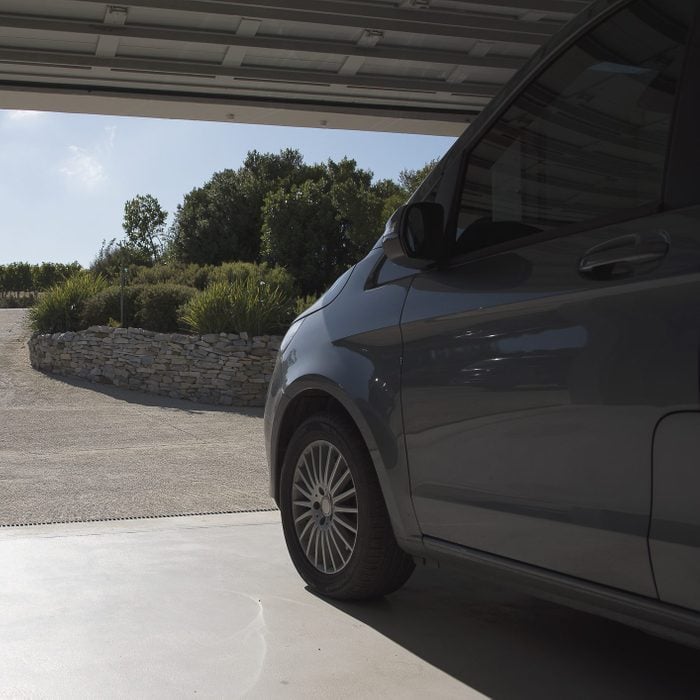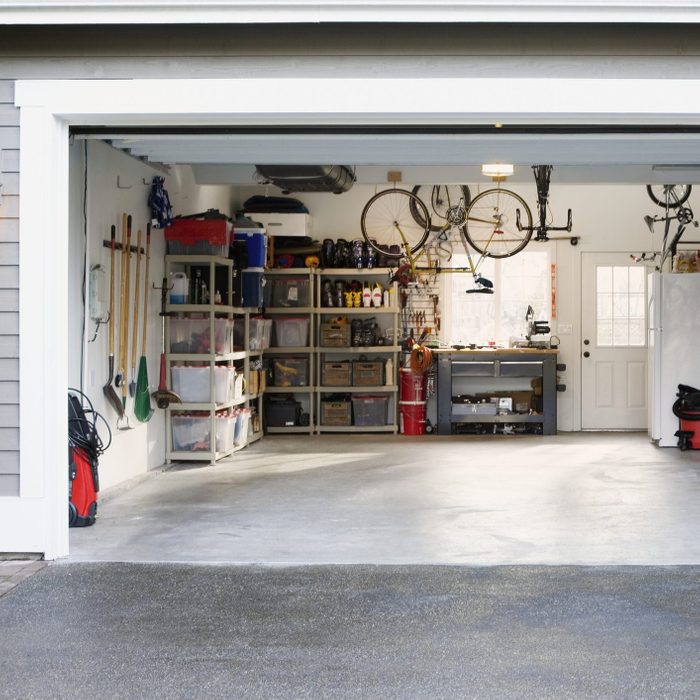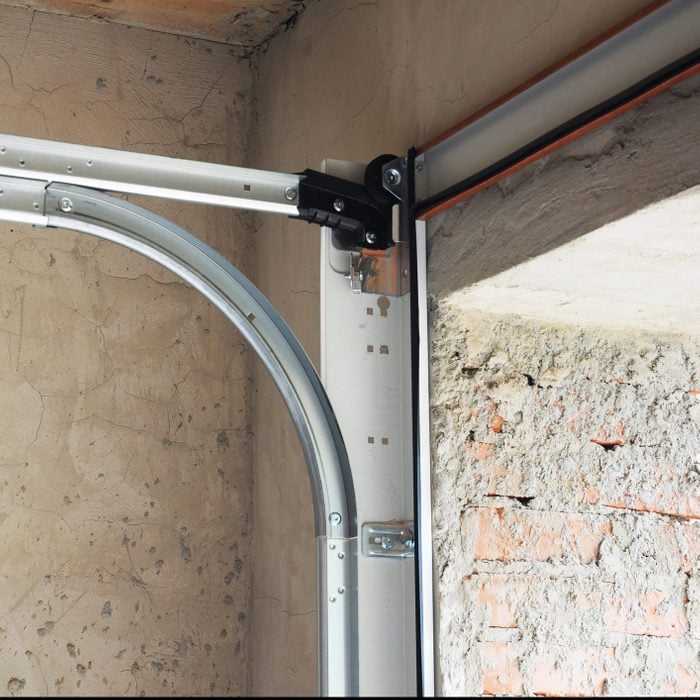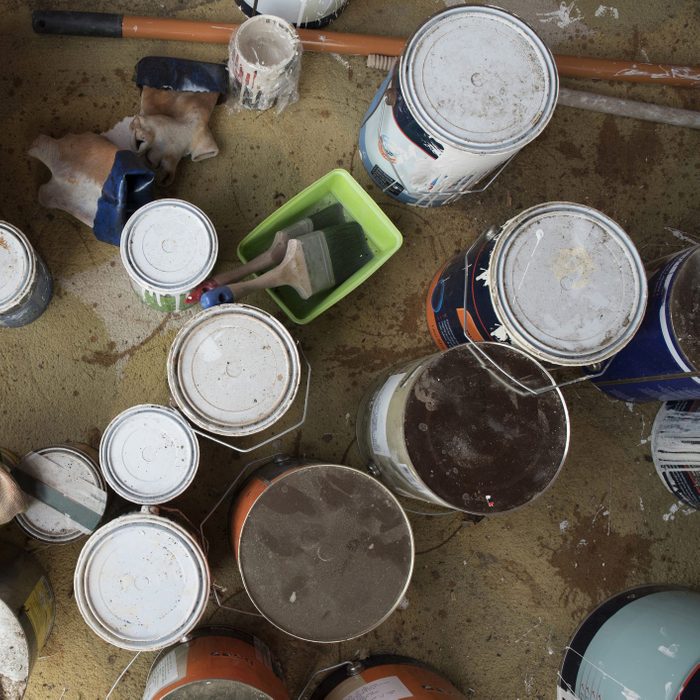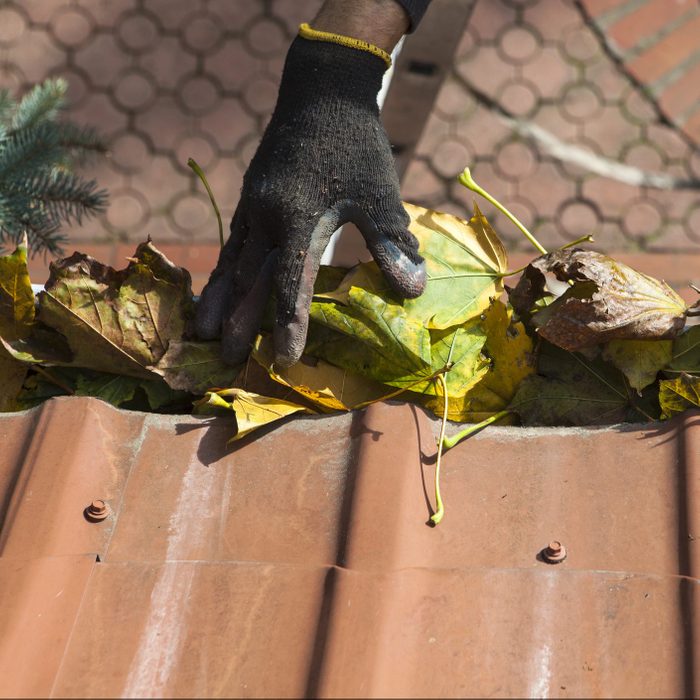Re-Organize for Summer Tool Storage
Garages are notorious depositories for all kinds of tools and supplies. The end of summer is a great time to reorganize before bad weather makes the task more difficult.
In nice weather, it’s easier to spread things out on the floor or driveway to identify what’s trash and what needs a home. Also, the end of summer means it’s time to put away and winterize summer tools such as lawn mowers and power washers while making rakes, leaf blowers and (shudder!) snow shovels more accessible.
Start To Make Room for Cars Again
During the summer many people keep their vehicles in their driveway to free up space in the garage. This gives easy access to bikes and toys, and turns the garage into an impromptu play area or three-season room. Once cold weather rolls around, it’s better to move those summer items to storage and roll the cars back inside.
Clear the Floor and Examine Any Cracks
While you’re re-organizing tools and moving vehicles, your garage will be empty for a bit. Take advantage of this time to inspect your garage floor for cracks.
Almost all concrete flooring will crack over time as the earth beneath it heaves and shifts. The trick is making sure the cracks aren’t becoming an issue you need to worry about.
In general, don’t worry about any floor cracks unless they are more than an 1/8-in. wide, or if one side of the crack ledge is higher than the other. The easiest way to test this is with two quarters.
A pair of stacked quarters is about 1/8-in. thick, so if they can’t fit into the crack, it’s likely not a concern. Similarly, if you can slide a quarter across the crack without it getting caught, then it’s close enough to level. Continue to keep an eye on these cracks, but you don’t need to panic right away.
There are plenty of DIY solutions for repairing small cracks. But if a crack fails the two quarters test, call a contractor to get a professional opinion.
Check Your Garage Door and Opener
The end of summer is also a great time to check the seal and operation of your garage door. It can be a real headache to deal with if it sticks in the fall or winter.
Verify that the remote and button switch are working and that the low-voltage electrical line is secure. Make sure the door closes to create a tight seal, and adjust the opener as needed to get it right. Calibrating a garage door opener is a great DIY project. A strong seal will help protect the garage against winter weather and pest invasions.
Protect Against Mice and Other Vermin
As the weather changes, pests such as mice are more likely to seek shelter in your garage. Seal up any holes or penetrations, though it’s almost impossible to make a garage impenetrable to mice. These tiny chewing machines are drawn to any fabric soft enough to be stripped for nesting material.
Set up a layer of defense by storing outdoor furniture pillows and seat cushions in plastic storage bins. It’s also smart to set out a few bait stations to slow down the occasional rodent invader.
Weatherstrip and Caulk
Weatherstripping and caulking your garage helps whether you live in an area with heavy snowfall or the occasional light frost. Filling holes and gaps helps moderate seasonal temperature swings and prevents water from getting in and causing a slip hazard or other moisture issues.
Check the weatherstripping around the entry and overhead doors for signs of damage or deterioration. Remove and replace it as needed. Caulk around windows or doors to ensure that they’re shielded against cold air, water and insects. Double-check your work by standing in the dark garage on a sunny day. Daylight will stream into any gaps you missed.
Relocate or Dispose of Paints and Other Liquids
Garages tend to be repositories for paint, oil, chemicals and other leftover liquids from an assortment of DIY projects. As summer winds down, relocate paint or other liquid materials to prevent them from freezing and becoming unusable. Even if they look okay when thawed, many times the paint or chemical will not function properly after going through multiple freeze/thaw cycles over a winter.
There are two exceptions to this rule. Flammable or hazardous materials are best stored outside of the house. (See this Family Handyman article for more tips on storing gasoline.) Also, heated garages and garages that aren’t likely to be exposed to freezing temperatures are perfect spaces to store paints and other liquid materials.
If you decide to dispose of your liquids, don’t throw them in the trash or pour them down the drain. Leave paints out to dry, up and away from children and pets. Take toxic liquids to a proper waste disposal drop off.
Inspect the Roof and Clean the Gutter
Break out that ladder while it’s still warm and give the garage roofing and flashing a thorough inspection. Do this now before snow or seasonal rain makes the job trickier and more dangerous, if not impossible. Look for roof damage from fallen limbs or hail, or signs of wear like curled shingles or deteriorating flashing.
While you’re up there, clean out your garage gutters or install gutter guards. With fall leaf season right around the corner, it’s smart to get ahead of the game.
Seal The Garage Floor
A mostly empty garage offers a great opportunity to seal or paint the floor. You can opt for a clear seal, or go with concrete paint or an epoxy with a textured surface added to give a sharper look and secure footing.
No matter what sealant you choose, cleaning out the garage and treating the floor is a terrific one- to two-day DIY project. And by sealing the floor now, you’ll protect it against salt or brine your vehicle brings in during winter.
Insulate and Heat
If you’re thinking about using your garage as a workshop or for car maintenance during the colder months, the end of summer is the perfect time to insulate and choose heating solutions. Insulation installation is significantly less unpleasant in early fall than the middle of summer. And fall is a great time to find deals on space heaters.
Should you opt for heat, consider the pros and cons of various fuels. Propane and kerosene heaters generate carbon monoxide (CO), so you’ll need a CO detector in the garage and adequate venting for the space. Electric heaters run fume-free but require an electrical outlet. Depending on your electrical service, you may not be able to run the heater and corded power tools at the same time.

